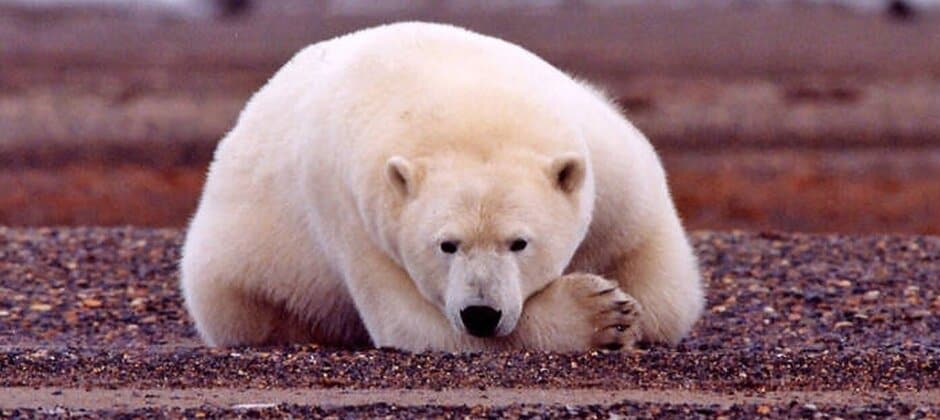Share this article
Bill to protect wildlife from climate change reintroduced
A newly introduced bill aims to protect wildlife and other natural resources from the effects of climate change and the associated increasingly frequent extreme weather events.
The Wildlife Society supports passage of the “Safeguarding America’s Future and Environment (SAFE) Act.”
“The Wildlife Society thanks Senator Whitehouse and Representative Cartwright for their leadership in ensuring that a national climate adaptation strategy includes the latest science and interdisciplinary expertise across government and non-government bodies,” said The Wildlife Society’s President, Carol Chambers, in a press release. “This approach will allow for wildlife professionals to work with multiple stakeholders and local communities to adapt to the climate crisis and ensure a future for our wildlife resources.”
Sen. Sheldon Whitehouse (D-R.I.) and Rep. Matt Cartwright (D-Pa.) introduced the SAFE Act in the U.S. Congress last week. Under the act, a working group of federal natural resource agencies would adopt a national climate adaptation strategy that would build upon existing federal, state and local efforts, such as the National Fish, Wildlife and Plants Climate Adaptation Strategy. The strategy, originally published in 2012 and updated last year by the Association of Fish and Wildlife Agencies and partners, established an integrated national approach to shield wildlife and other natural resources from the effects of climate change.
The bill also calls on federal agencies to identify and prioritize specific conservation and management strategies to respond to extreme weather and climate change. Finally, it would authorize the National Climate Change and Wildlife Science Center under the Department of the Interior to build on efforts to develop and compile scientific information on climate variability.
The SAFE Act was introduced in previous Congresses but has not yet received a vote on the House or Senate floors.
Read TWS’ Position Statement on Global Climate Change and Wildlife.
Header Image: A new bill would direct federal agencies to develop a national strategy for addressing the impacts of climate change on wildlife. Credit: Susanne Miller/USFWS








